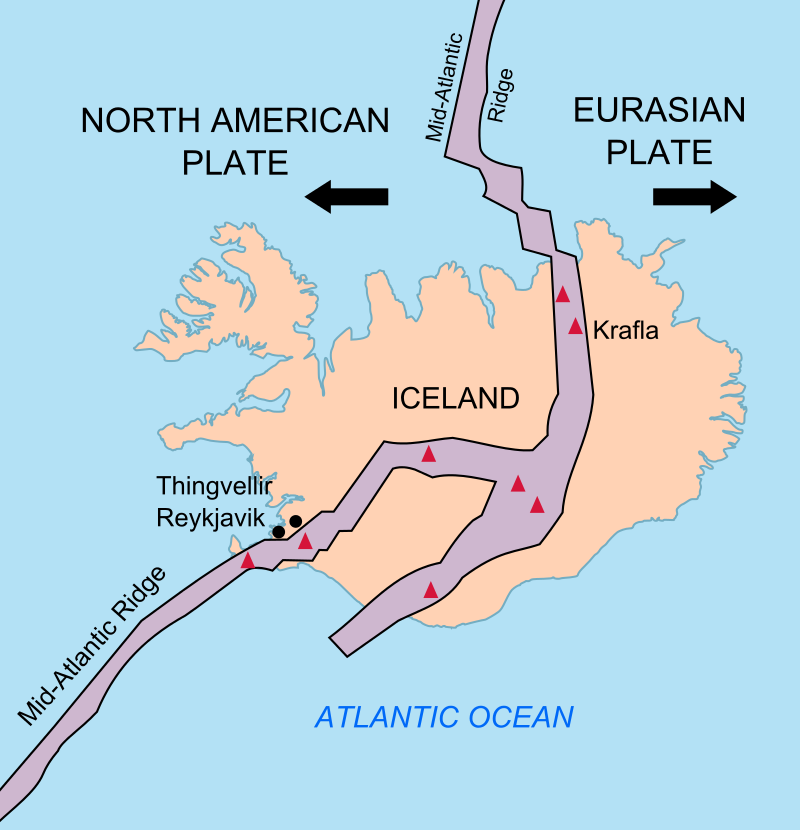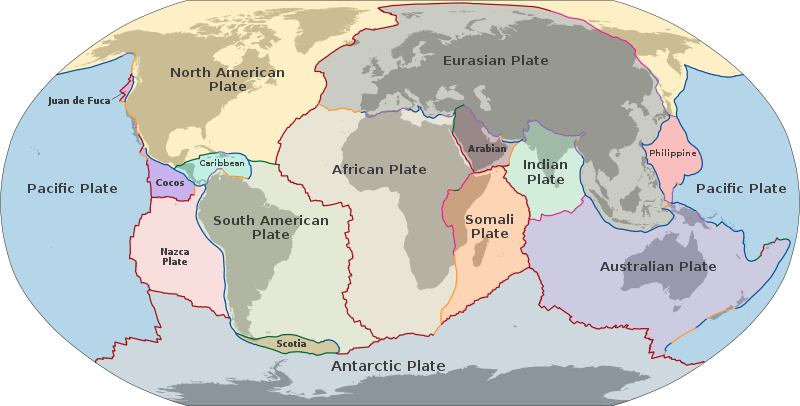
Where is Iceland?

- Where is Iceland Geographically?
- Is Iceland in the Arctic Circle?
- When Was Iceland Discovered?
- Is Iceland Scandinavian?
- What Language is Spoken in Iceland?
- Things to Do When Visiting Iceland
- Bathe in Beautiful Hot Springs
- Marvel at the Northern Lights
- Take a Tour of the Golden Circle
- Journey Into an Ice Cave
- Take a Stroll Through Black Sands at Reynisfjara Beach
- Visit the Eruption Site of an Active Volcano
- FAQs about Iceland
- Where is Iceland located?
- Is Iceland part of the European Union?
- Is English Widely Spoken in Iceland?
- Where is Reykjavik?
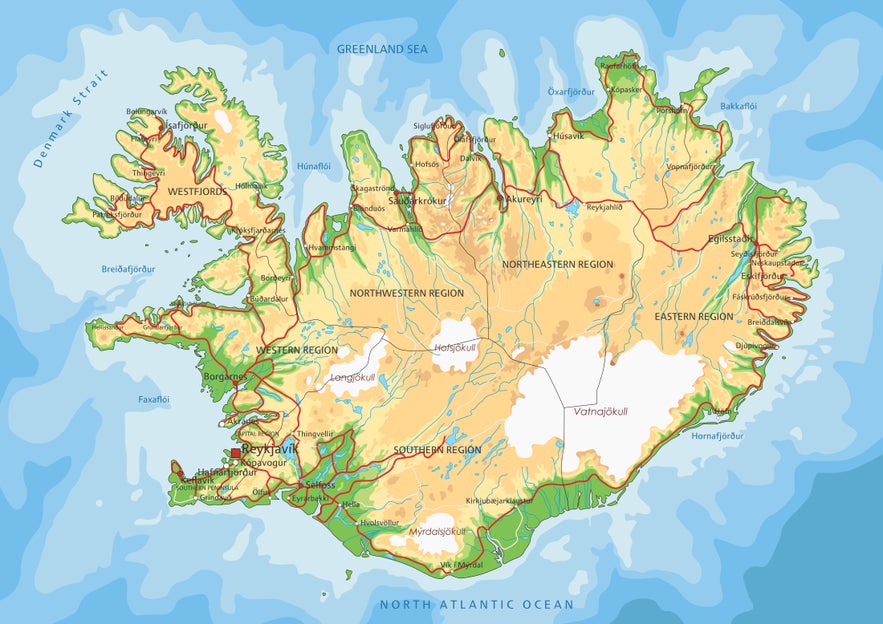
"Where is Iceland?" is a surprisingly frequent question that Icelandic people hear when traveling abroad. The small island nation has had plenty of time in the international spotlight, thanks partly to natural phenomena such as the travel-disrupting volcano of Eyjafjallajokull or stunning footage of the northern lights on social media. Even so, the location of Iceland seems to elude some.
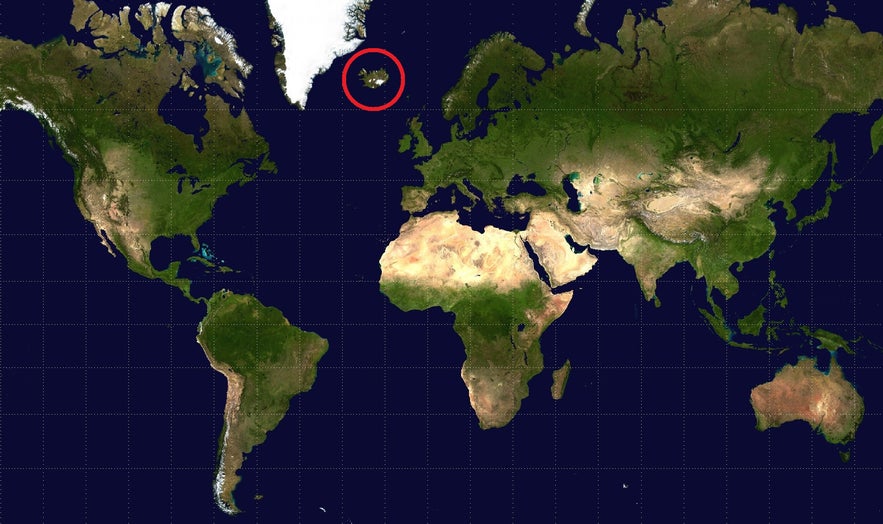
Image from Wikimedia, Creative Commons, by Mdf.
Let's not beat around the bush - that's Iceland on the world map, right next to Greenland. Iceland, often called "the land of ice and fire," is a small island nation known for its stunning landscapes, rich Viking heritage, and incredible nature.
Iceland is the dream destination for those who wish to witness stunning sights such as the icebergs of Jokulsarlon Glacier Lagoon or the raw power of Dettifoss Waterfall. Some travelers like to explore the country by renting a car or going on one of many fantastic self-drive tours. In contrast, others prefer the company of a local expert, which can come in handy when going on day tours to an active volcano. If you're wondering where to stay in Iceland, make sure to explore the largest marketplace for accommodation in Iceland.
In this article, we'll be going over "where" exactly Iceland is in many different interpretations of the word. When we're done, you'll practically be an expert. Let's go!
Where is Iceland Geographically?

Iceland is located in the North Atlantic Ocean, northwest of the United Kingdom and Ireland, west of Norway, and southeast of Greenland. Geologically, Iceland is located on the Mid-Atlantic Ridge, a tectonic plate boundary separating the North American and Eurasian Plates.
Photo from Wikimedia, Creative Commons, by USGS.
The Mid-Atlantic Ridge runs right through the middle of Iceland, from the southwest to the northeast, making the island one of the only places on Earth where you can see the ridge above sea level. The continental drift between these plates can be seen in the Thingvellir National Park, where the large fissure of Almannagja marks the eastern boundary of the North American Plate. The Bridge Between Continents in the Reykjanes Peninsula is a symbol of the connection between the two continents.

Iceland's location on this rift is the reason behind its unique geological activity, such as its many active volcanoes and geothermal energy. The two tectonic plates are divergent, meaning they pull away from each other. As they do so, magma from the mantle rises to fill the space between them, producing volcanic eruptions.
There are approximately 130 volcanoes in Iceland, most of which are active. Each of these volcanoes is unique in its own right, and many can produce very different types of eruptions. The most recent eruption in Iceland occurred on the Reykjanes peninsula as a rift opened near the foot of the small mountain of Litli-Hrutur, making it Iceland's youngest volcano.
- See more: Iceland's Volcanoes: The Complete Guide
- See more: Volcanic Eruptions in Iceland: A History of Fire
Image from Wikimedia, Creative Commons, by M. Bitton.
The volcanic activity is also the reason behind the immense geothermal power found in Iceland, which Icelandic people use to produce energy and heat their homes. Iceland's most popular attraction, the Blue Lagoon, was created using the wastewater of a geothermal power plant.
Along with the volcanic activity, many other natural powers have had a hand in creating the spectacular landscape that Iceland is famous for. Fjadrargljufur Canyon is an example of a canyon carved by a river, and its winding shape is truly a sight to behold.
Is Iceland in the Arctic Circle?
Most of Iceland is not within the Arctic Circle, which is defined as starting at approximately 66.5 degrees north latitude. While most of Iceland lies south of this line, the small island of Grimsey, which is part of Iceland and situated off the northern coast of the main island, does lie within the Arctic Circle.
Iceland's location in the north means that the country experiences the midnight sun. This natural phenomenon occurs in the summer months in places near the Arctic Circle or the Antarctic Circle, where the sun remains visible at the local midnight.
In Iceland, this phenomenon occurs from late May to late July, with the longest day (when the sun sets the least) on the summer solstice, usually around June 21st. It's bright enough to read outside during this period, even at midnight!
When Was Iceland Discovered?
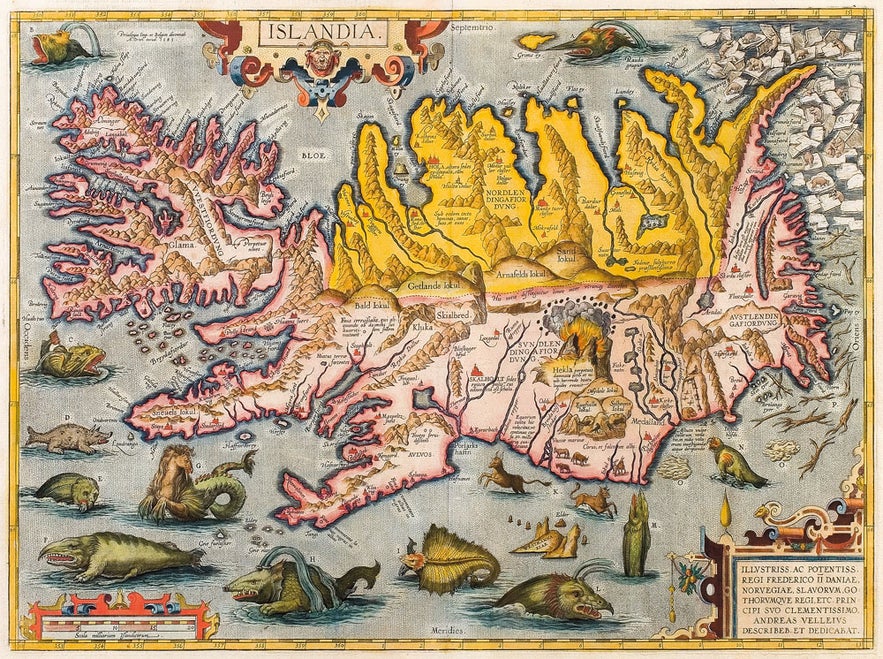
In classical and medieval literature, the name Thule was given to the most northern location mentioned in literature and cartography, an island located somewhere north of Britain. This distant place, located beyond the borders of the known world, has been interpreted as many different places, such as the Orkneys, Greenland, and of course, Iceland.
Iceland remained unknown to mainland Europeans until the late 9th century when it was discovered by Norse explorers. The first man credited with finding Iceland is Naddodd, a Viking from Norway. He got caught in bad weather while sailing from Norway to the Faroe Islands, ended up off course, and stumbled upon the eastern coast of Iceland. He did not settle but named the place Snaeland or "Snowland."
Following Naddodd's discovery, a Swedish Viking named Gardar Svavarsson became the first man to sail to Iceland intentionally. He circumnavigated the island, establishing that it was an island, and spent a winter there, although he did not settle down permanently. He named it Gardar's Island, or "Gardarsholmur" in Old Norse. Not exactly humble, was he?
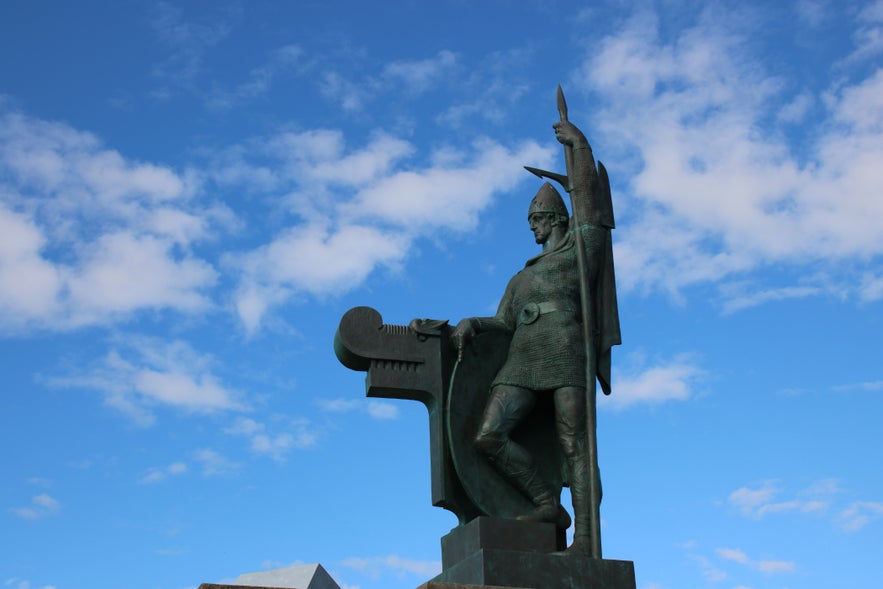 Floki Vilgerdarson was the first Norseman who deliberately sailed to Iceland with the intent of settling there. He is called "Raven-Floki" as he used three ravens to scout for the island. Due to a harsh winter and inadequate preparation, he decided to leave the island. Despite not liking the island, he gave it its current name, Island, meaning "Ice Land."
Floki Vilgerdarson was the first Norseman who deliberately sailed to Iceland with the intent of settling there. He is called "Raven-Floki" as he used three ravens to scout for the island. Due to a harsh winter and inadequate preparation, he decided to leave the island. Despite not liking the island, he gave it its current name, Island, meaning "Ice Land."
The man most often regarded as the first permanent settler in Iceland was Ingolfur Arnarson, who sailed from Norway with his family and belongings, following the accounts from earlier explorers. He settled in the southwest part of the island in 874 AD, in the place now known as Reykjavik, the capital of Iceland.
Is Iceland Scandinavian?
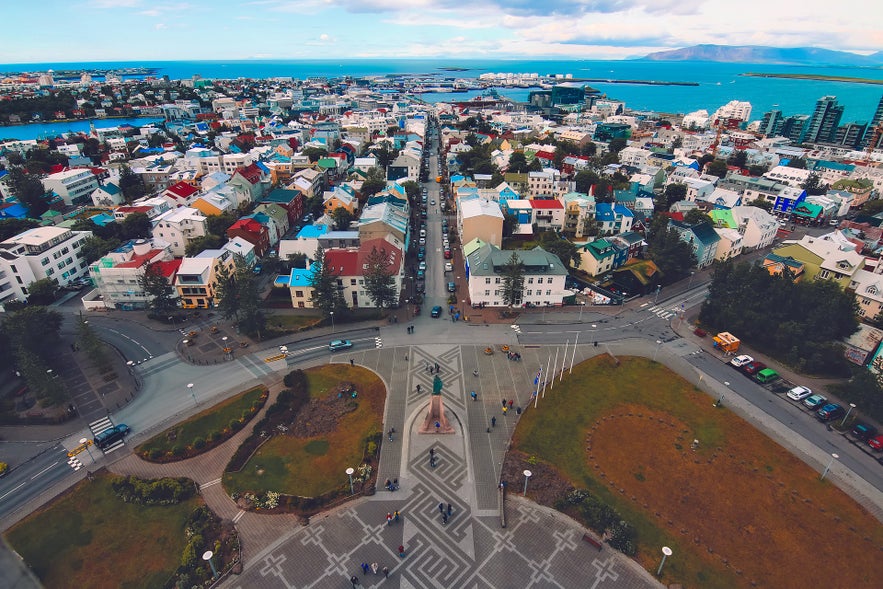 Iceland is a Nordic country and shares a deep-rooted historical, cultural, linguistic, and political bond with the other Nordic countries: Denmark, Norway, Sweden, and Finland, as well as the autonomous territories of the Aland Islands, Greenland, and the Faroe Islands. Since the year 1262, Iceland was under Norwegian, and later Danish, control. It wasn't until 1904 that Iceland gained self-governance from Denmark and full independence in 1944.
Iceland is a Nordic country and shares a deep-rooted historical, cultural, linguistic, and political bond with the other Nordic countries: Denmark, Norway, Sweden, and Finland, as well as the autonomous territories of the Aland Islands, Greenland, and the Faroe Islands. Since the year 1262, Iceland was under Norwegian, and later Danish, control. It wasn't until 1904 that Iceland gained self-governance from Denmark and full independence in 1944.
While the term "Scandinavia" is commonly used to refer to the Nordic countries, it technically only includes Denmark, Norway, and Sweden. However, in a broader understanding and international usage, the term often includes Finland and Iceland due to cultural and historical ties.
Iceland is a member of the Nordic Council and the Nordic Council of Ministers, inter-parliamentary and inter-governmental forums, respectively. These bodies promote cooperation among the Nordic countries in various areas, including cultural exchanges, research, and political strategy.
What Language is Spoken in Iceland?
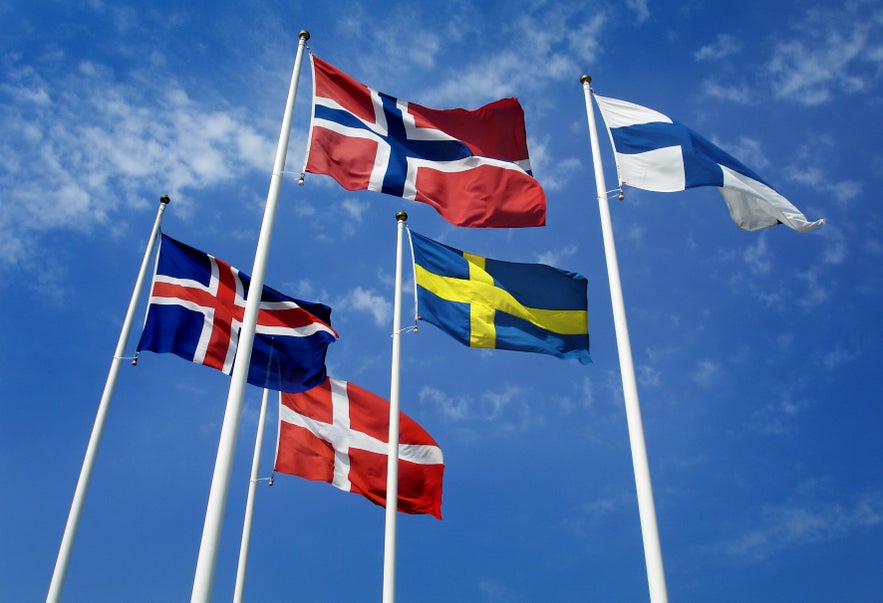 When Iceland was settled, the inhabitants of Scandinavia spoke a shared language called Old Norse. As the centuries passed, this language evolved into multiple modern languages such as Swedish, Danish, Norwegian, Faroese, and Icelandic.
When Iceland was settled, the inhabitants of Scandinavia spoke a shared language called Old Norse. As the centuries passed, this language evolved into multiple modern languages such as Swedish, Danish, Norwegian, Faroese, and Icelandic.
Of these languages, Icelandic has retained the most similarities to Old Norse in terms of grammar and vocabulary. This is in part due to the fact that Icelandic people were more isolated than their Scandinavian cousins and were, therefore, less susceptible to foreign influences on their language. Modern Icelanders can still read and understand Old Norse texts with some ease, which is a testament to the conservative nature of the Icelandic language.
Icelandic retains many old grammatical features that other Nordic languages have simplified over time which can make Icelandic challenging to learn for speakers of languages that have simpler grammatical structures.
Of all the Nordic languages, Faroese is the most similar to Icelandic, and speakers of Icelandic and Faroese can somewhat understand each other. However, understanding might be easier when reading rather than listening due to pronunciation differences.
- Learn more: Icelandic Alphabet and Language Basics
Things to Do When Visiting Iceland
Here are some of the things you can do when traveling to Iceland.
Bathe in Beautiful Hot Springs
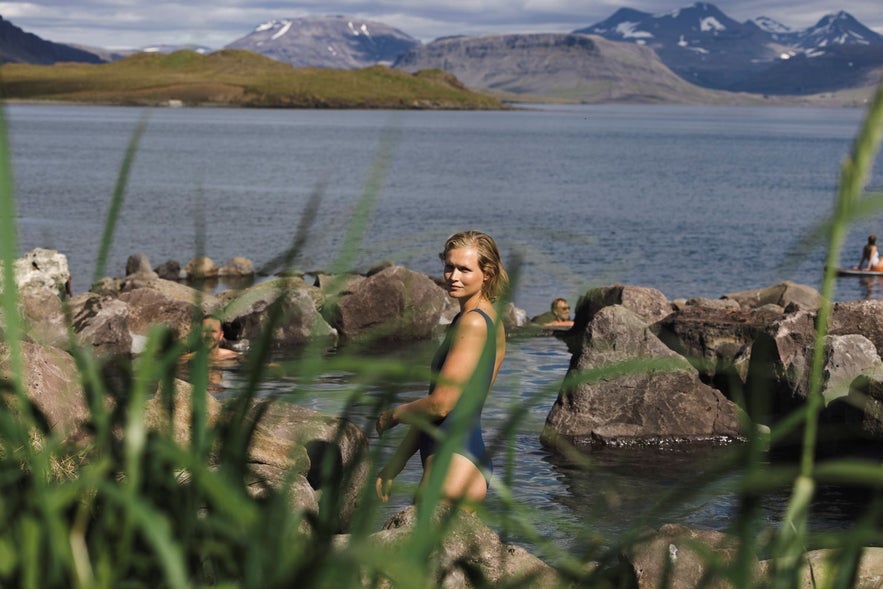 Iceland is full of hot springs that make for fantastic bathing locations. There is nothing like taking a relaxing dip in geothermally heated water while admiring stunning landscapes all around you. Some of the most popular options are the Blue Lagoon and the Sky Lagoon, as well as the newly opened Hvammsvik Hot Springs, all of which offer a unique experience available on hot springs tours.
Iceland is full of hot springs that make for fantastic bathing locations. There is nothing like taking a relaxing dip in geothermally heated water while admiring stunning landscapes all around you. Some of the most popular options are the Blue Lagoon and the Sky Lagoon, as well as the newly opened Hvammsvik Hot Springs, all of which offer a unique experience available on hot springs tours.
Marvel at the Northern Lights
 One of the most spectacular sights you can see in Iceland is the colorful display of the northern lights in the night sky. Only visible outside the summer season, the aurora borealis is one of the main reasons people from all over the world flock to Iceland to go on northern lights tours. Just remember to get yourself out of the light pollution of city lights to be able to see them clearly.
One of the most spectacular sights you can see in Iceland is the colorful display of the northern lights in the night sky. Only visible outside the summer season, the aurora borealis is one of the main reasons people from all over the world flock to Iceland to go on northern lights tours. Just remember to get yourself out of the light pollution of city lights to be able to see them clearly.
Take a Tour of the Golden Circle
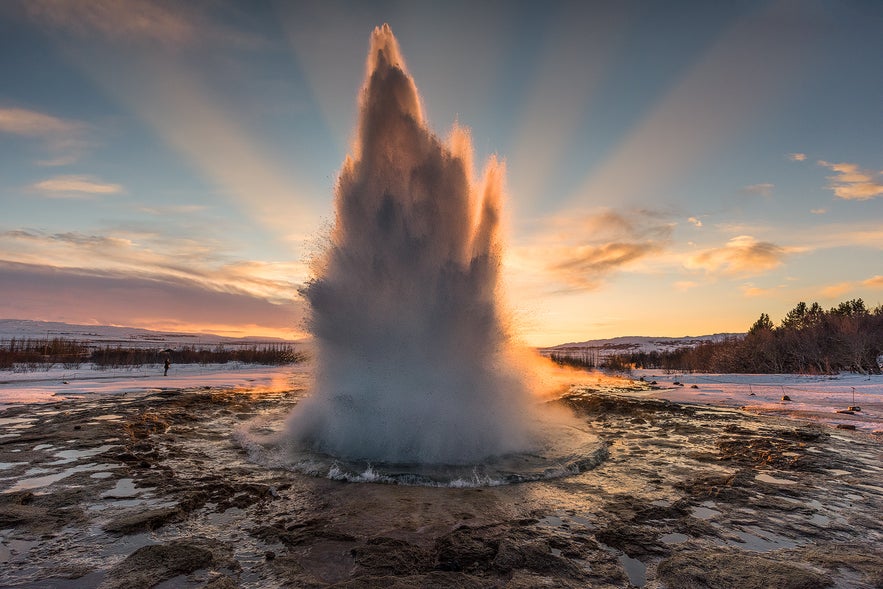
The Golden Circle is a sightseeing route of three of Iceland's most popular attractions: The hot spring paradise of Geysir geothermal area, the majestic Gullfoss Waterfall, and Thingvellir National Park. Jumping aboard one of the many fantastic Golden Circle tours available is an unforgettable way of experiencing these natural wonders.
Journey Into an Ice Cave
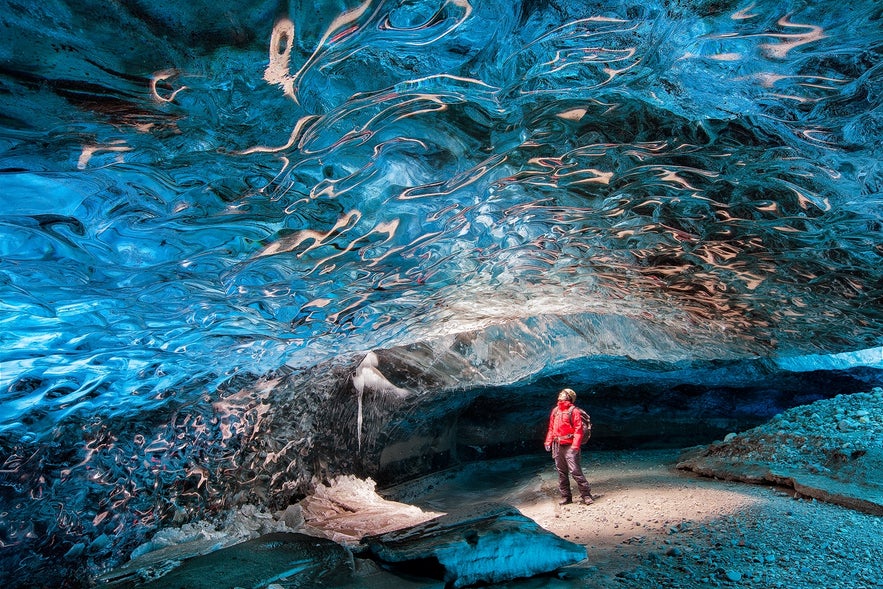
Located within the many glaciers of Iceland are various ice caves - mesmerizing natural formations that offer an exploration of nature's artistry. Stepping into one of these frozen palaces as a part of an ice cave tour presents a unique opportunity for an icy adventure.
Take a Stroll Through Black Sands at Reynisfjara Beach
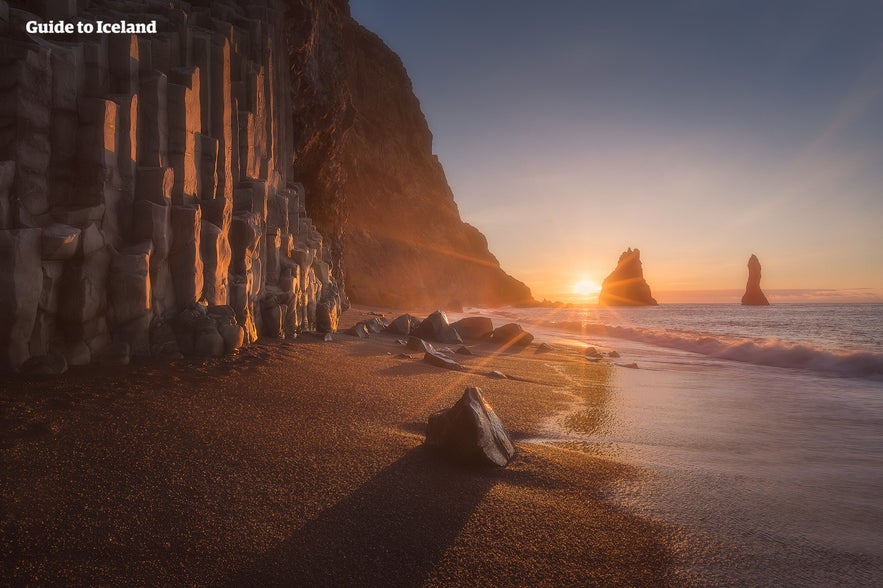
Most of the beaches in Iceland are covered in black sand - a result of the island's volcanic activity. The most famous of these beaches is undoubtedly Reynisfjara which is notable for the iconic basalt columns that surround it. If you are only familiar with warm beaches covered in white sand, you should broaden your horizons with a visit to the otherworldly landscape of Reynisfjara.
Visit the Eruption Site of an Active Volcano
 While volcanic activity doesn't exactly adhere to a schedule, there have been a number of eruptions in Iceland in recent years which had eruption sites accessible to visitors. If you are lucky enough to visit Iceland during a time when an eruption is happening, do not miss the chance to go on one of many volcano tours and see the primal forces of mother earth at work with your own eyes.
While volcanic activity doesn't exactly adhere to a schedule, there have been a number of eruptions in Iceland in recent years which had eruption sites accessible to visitors. If you are lucky enough to visit Iceland during a time when an eruption is happening, do not miss the chance to go on one of many volcano tours and see the primal forces of mother earth at work with your own eyes.
FAQs about Iceland
 Here are some of the most frequently asked questions about Iceland.
Here are some of the most frequently asked questions about Iceland.
Where is Iceland located?
Iceland is a North Atlantic island nation situated between Europe and North America, northwest of the UK and southeast of Greenland.
Is Iceland part of the European Union?
No, Iceland is not a member of the European Union but is part of the European Economic Area (EEA) and the Schengen Area.
Is English Widely Spoken in Iceland?
Yes, most Icelanders speak fluent English, especially in urban areas and popular attractions.
Where is Reykjavik?
Iceland's capital, Reykjavik, is located in the southwestern part of the country, on the southern shore of Faxafloi Bay. It's the northernmost capital city in the world and is surrounded by stunning landscapes of mountains and the North Atlantic Ocean.
That concludes our lengthy explanation of the location of Iceland. Did we leave any questions unanswered? Are you still unsure of the location of Iceland? Please let us know in the comments below.
Inne interesujące artykuły

Klub VIP w Guide to Iceland: Kompletny przewodnik
Jeśli jesteś klientem Guide to Iceland, nie tylko masz dostęp do największego wyboru wycieczek, zakwaterowania i wynajmu samochodów na Islandii... możesz także korzystać ze świetnych rabatów i ofert...Czytaj więcejPodróż po Islandii | Porady i doświadczenia
Często kontaktują się z nami znajomi z zagranicy, którzy planują wakacje na Islandii. Gdzie powinni się udać? Co powinni robić będąc na wyspie? Jak powinni przygotować się do podróży po Islandii? N...Czytaj więcej
Islandia wiosną — Kompletny przewodnik turystyczny
Islandia to kraj o niesamowitym naturalnym pięknie, a wiosna to jeden z najlepszych okresów, aby tego doświadczyć. Od zorzy polarnej po migrację ptaków, wiosna na Islandii jest porą odnowy, dzięki c...Czytaj więcej

Pobierz największą platformę turystyczną na Islandii na telefon i zarządzaj wszystkimi elementami swojej podróży w jednym miejscu
Zeskanuj ten kod QR za pomocą aparatu w telefonie i naciśnij wyświetlony link, aby uzyskać dostęp do największej platformy turystycznej na Islandii. Wprowadź swój numer telefonu lub adres e-mail, aby otrzymać wiadomość SMS lub e-mail z linkiem do pobrania.
